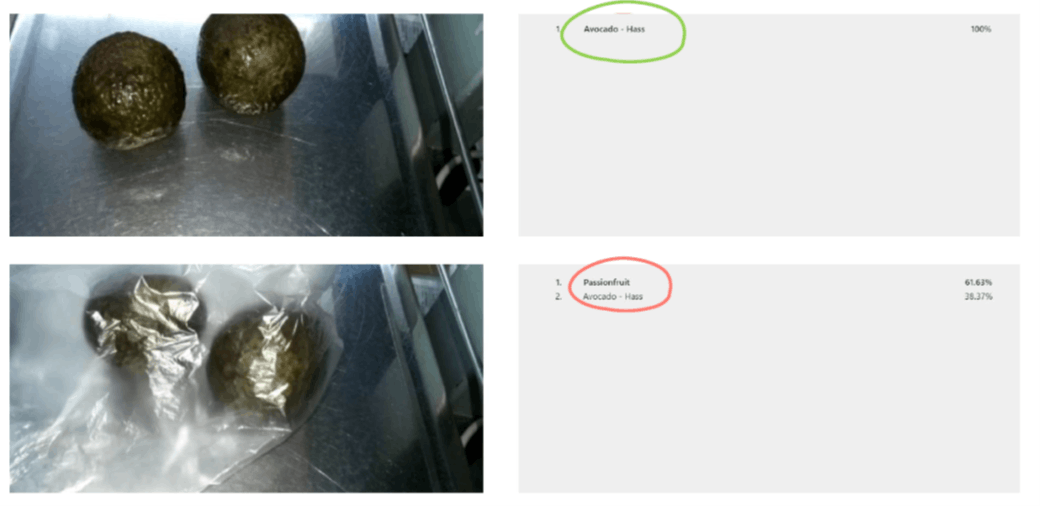Product Recognition at the Self Checkout
Date and Time:
April 1st - 2pm BST
Location:
Virtual
1 Apr 2:00 PM
Organisers:
Jip Koudjis, IKEA, Josej Eduardo Brandao & Araujo Rafael Pires, Sonae
Description

The session started with a framework on how to think about the use of product recognition to reduce losses at Self Checkout from Professor Beck, this then set up the two retailer case study presentations that followed and the group discussion.
In the first case, Jip from IKEA, shared how product recognition at the self checkout was part of an overall company strategy to make shopping at IKEA frictionless. Their goal at the self-checkout was to identify items that were not presented for sale and/or presented in a way that the system did not understand. Consistent with the results shared by other retailers in previous working groups, they found that 2-3% of all the transactions included an error, sometimes these were simple mistakes by the shopper. For example, the shopper when buying a table lamp, may just scan the bar code of the base of the lamp and not realise that the shade is a separate item that also needs to be scanned and paid for. Another example of an error could be that an item picked up by one of the children in the family, such as a cuddly toy, is mistakenly not presented for payment. The 80-90% accuracy rate of the technology, the volume and value of the discrepancies and the productivity improvements, have encouraged the IKEA business to consider a wider deployment of the technology across the IKEA business.
The second case, presented by Eduardo and Rafael from Sonae, sought to understand the accuracy of the product recognition technology with a view to simplifying the product look up menu, "here are the four most likely items this could be" and / or detect fraud, "I see an avocado but the shopper has said that this is a brown onion" . In the session Eduardo and Rafael shared their results and the accuracy results when certain items were presented at the fixed self-checkout or in a shopping cart. The results revealed that the technology failed to match up to the required levels of accuracy needed for a store trial or further deployment.
The discussion that followed suggested that most retailers who have been investigating product recognition technology have also reached the same conclusions as Sonae on accuracy, with others about to get started. Encouragingly, the case study from IKEA illustrated that with some extra help such as the bar code and a pragmatic approach to product recognition, significant savings or extra sales could be generated.
This working group on self checkouts is for retailers, CPG's and academics only. If you would like to register for the upcoming sessions please click here or click below to apply for a recording of this session.
Main office
ECR Community a.s.b.l
Upcoming Meetings
Join Our Mailing List
Subscribe© 2023 ECR Retails Loss. All Rights Reserved|Privacy Policy
